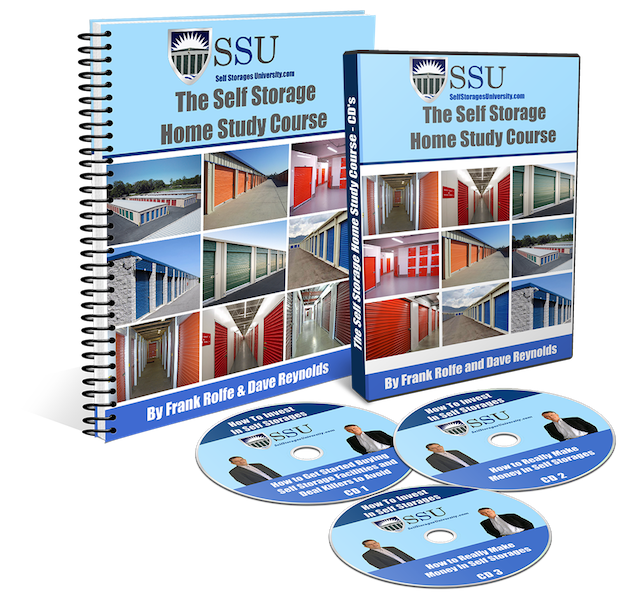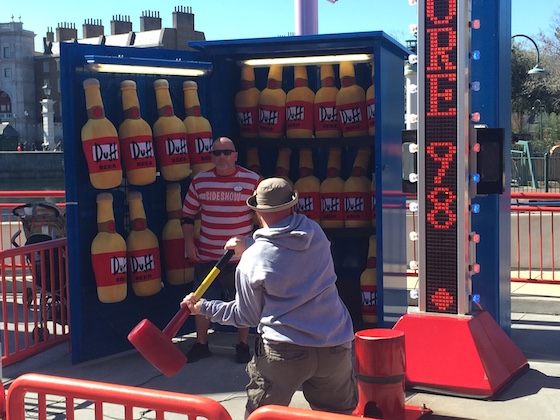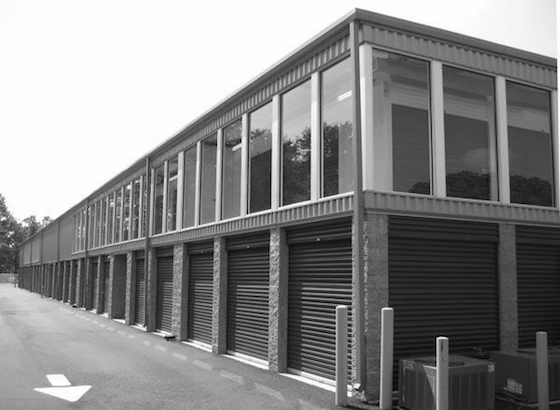America is a scary place today. Industries collapse and layoffs number in the thousands on a constant basis. Economic cycles come and go with booms and busts that wipe out values and entire sectors (think the dot.com bust, the mortgage melt-down, etc.) So how can smart Americans create a safe-haven of financial independence inside the insanity and unpredictability of the modern economy? The answer is self-storage investing. But why is that a solution?
Works perfectly with – and will not interfere – with our day job
One of the initial ways that a self-storage investment can be the bridge to financial independence is that it does not interfere with your current main source of income: your day job. Instead you can build an additional income stream and, at some point, even potentially quit your day job. But throughout the process, the storage investment gives you an edge on navigating your financial needs and contributes to your net income – it’s like having a night job without ever having to go to work.
Harnessing the power of sensible debt
In building a strong economic base, you have to enlist the aid of sensible leverage. You cannot build something of any size – for most people – if you have to use all-cash. And the good news is that banks love storage. You can typically get a loan for 70% to 80% of value, and that allows you to leverage your investment dollars by 5 to 1 or so. But don’t ruin this idea by employing “crazy” borrowing, which we define as any LTV greater than 80%. The problem is that bank regulations run in cycles and if you borrow at 90% LTV there’s no guarantee that the bank will accept that when the note comes up for renewal. The safe haven in the U.S. has traditionally been 70% to 80% LTV.
Betting on the correct U.S. megatrends
Storage has had some remarkable luck regarding its timing and positioning with the U.S. “megatrends” – huge trends that shape the world we live in. The biggest of these have been three: 1) the aging and downsizing of the Baby Boomers (those born between 1946 and 1964) 2) the upheaval in the U.S. employment and housing markets and 3) the never-ending love of Americans for materialism and amassing large quantities of “stuff”. These megatrends keep storage occupancy high throughout recessions, depressions and booms. And these are all long-lasting, with none of these trends expected to decline for at least next two decades.
Only buying low risk/high reward assets
Sam Zell, the most successful real estate investor in U.S. history, has always said that you should “always buy when the risk is low and the reward is high, and never buy when the risk is high and the reward is low”. That’s the best advice you can put about real estate in one sentence. When you look at a storage facility, you should ask yourself what the risk to reward ratio is. This reduces your risk and makes your odds of success very high.
Understanding the key drivers to profitability
“Chainsaw” Al Dunlap – the greatest corporate turn-around artist of the last century – used to say that the mantra of a successful business owner was “sell, sell, sell and cut, cut, cut”. So your mission as a storage owner should be to understand what the drivers are to profitability and ramp them up to the highest level. Remember that, as a business owner, every dollar that you make goes straight into your pocket.
Staying proactive 24/7
If you really want to build financial security, then it’s important to never put what you’ve built at risk. Ever. Smart owners stay on top of what they own perpetually. Not by being there, but by creating management systems and monitoring them a few minutes every day. Since self-storage is a simple business, the systems you need are easy to understand and your progress – or failure – is quick to acknowledge and fix.
The hidden benefits of owning a self-storage facility
The benefits to owning your own business are well known and include 1) financial freedom 2) the ability to set your own hours 3) answering to no one except yourself 4) the ability to build assets for your descendants 5) you keep everything that you make 6) the feeling of self-satisfaction in building something of value. Some of these are actually more important than money.
Conclusion
Buying a self-storage facility can be a bridge to financial freedom and gaining control over your life in an unpredictable America. It’s not a “get rich quick scheme” but a sensible investment that harnesses the power of America’s megatrends. And it has changed many investor’s lives for the better.



